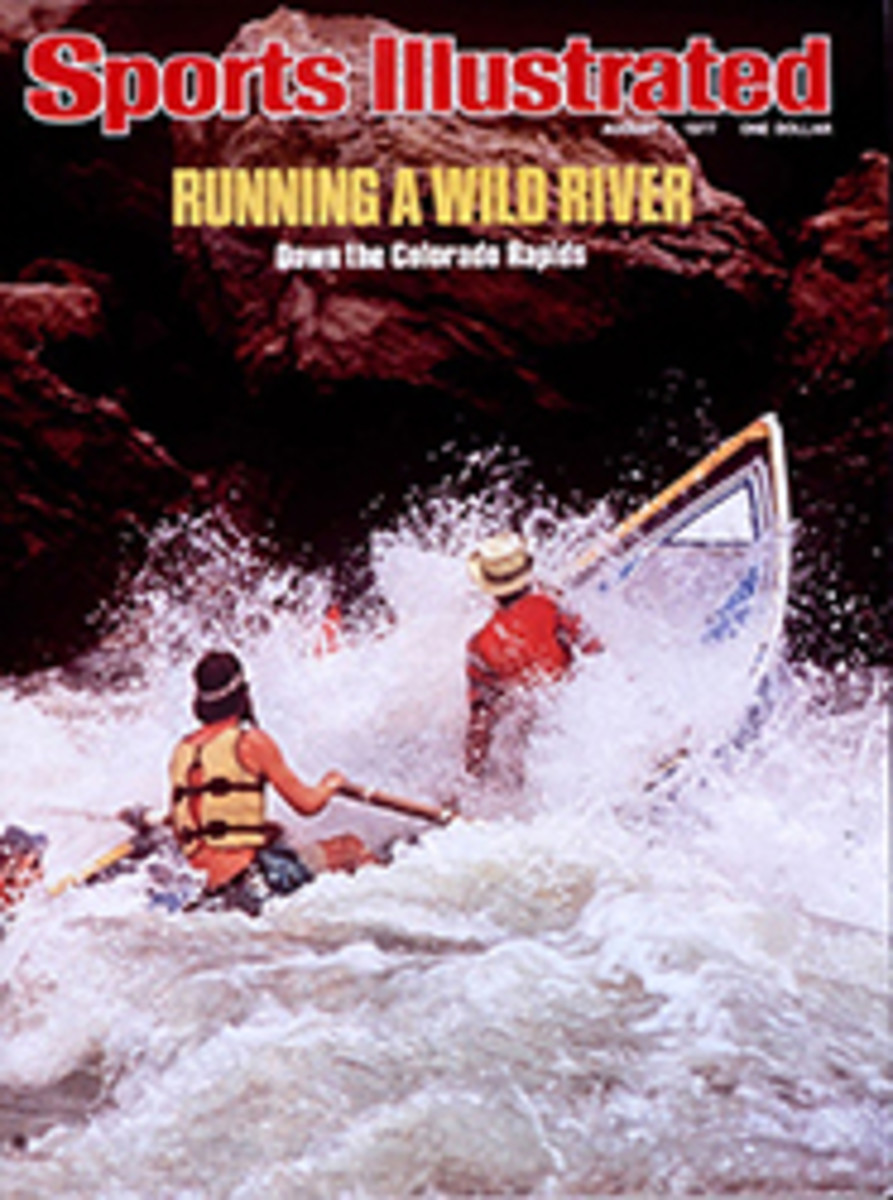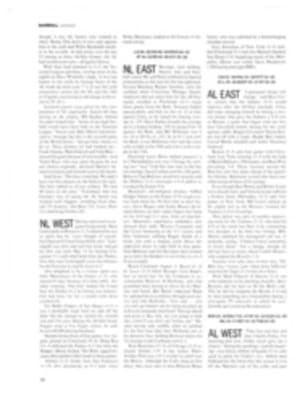
LETTER FROM THE PUBLISHER
In 1953, when Senior Writer Robert F. Jones was 19, he wrote a letter to Ernest Hemingway. He had read the author's books to tatters and was already an old and devoted hand with rod and gun. The time seemed right for a pilgrimage to Cuba. As Jones recalls, "I wanted to pop in and say hello."
His request to that effect went unanswered, and a lot of years passed, but this May poetic justice was finally served. Jones was in Havana to cover the 15th Annual Ernest Hemingway Billfish Tournament (page 54) and did pop in to Hemingway's home.
The finca is now a Cuban museum, where, as Jones writes, "The master is still present.... His ghost stares down through the glass eyes of the trophies, radiates from the worn spines of the books...." He says it seemed to him that Hemingway had just walked out and probably was down at the local bar having a frozen daiquiri.
His visit to the Museo Hemingway was clearly the high point of Jones' trip. Otherwise, he caught only a few small barracuda and a Cuban flag (page 61). Though the local beer and fish were fine, and the Cuban women beautiful, the bread tasted like "shaved Castrovian beards," and of Havana he says. "It doesn't smell so good." Also, getting there was no part of the fun.
Jones and Photographer Tony Triolo stewed for two days at the Cuban Embassy in Montreal before receiving their visas. They might still be waiting there were it not for John Blashill, a former TIME bureau chief in Montreal and onetime bullfight critic in Madrid. Jones says, "Cuban Spanish is not like Mexican. It is slangy and tough and includes a lot of winks and shrugs. The moment John began to speak it they got cracking."
At Havana's Jose Marti Airport, Jones and Triolo ran into another SI contingent, Senior Writer Ron Fimrite, Reporter Angel Reyes and Photographer Lane Stewart, on their way back from a story assignment on Cuban baseball (SI, June 6). Reyes took Jones aside and said, "Don't worry. They treat gringo journalists with kid gloves." Once they arrive, that is. It had taken Reyes two weeks of phoning Havana from New York to make his group's initial contact with the National Institute of Sport.
Jones and Triolo, as it turned out, had an additional tangle with red tape on their way back. The day before they were scheduled to leave Havana, a jet arrived with Barbara Walters aboard, and they wanted to return on it, immediately. There was a blackout in Miami, and flights for the next few days were in doubt. But the departure time on their visas was 22 hours later. Their Cuban guide said, "It's impossible," and it was impossible.
Shrugging off the inconveniences, Jones in his story chose "to zero in on the basic warmth and good humor of the Cuban people." And, after all, he did get home to Katonah, N.Y., where last week he stood in his African trophy room, under the eyes of his own mounted antelope and Cape buffalo, and spoke of the hours at the Hemingway house. Then he observed of his occasionally difficult week in Cuba, "I would go back." That, as they say, is the bottom line.
PHOTO
FISHERMAN JONES HOOKED A CUBAN FLAG

